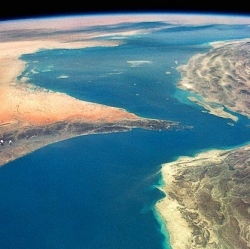
The hole in the ozone layer is stabilizing but will take until about 2070 to fully recover, according to new research by NASA scientists.
The assessment comes more than two decades after the Montreal Protocol, the international treaty that banned chlorofluorocarbons and other compounds that deplete the ozone layer, which shields the planet from harmful ultraviolet rays.
Levels of chlorine in the atmosphere are falling as a result of the treaty, but have not yet dropped below the threshold necessary to have a shrinking effect on the ozone hole that forms each year over Antarctica, according to scientists at NASA’s Goddard Space Flight Center.
They presented their findings this week at the annual meeting of the American Geophysical Union in San Francisco.
That doesn’t mean the ozone hole is getting worse. But scientists who track the ozone hole’s uneven progress say it is still too soon to declare a recovery.
For now, year-to-year variations in temperature and winds, which each year carry ozone from the tropics to polar regions, are the driving factors in the size of the hole.
In 2006, the ozone hole grew larger than ever. It reached a similar extent in 2011, before shrinking to its second-smallest size in 2012. Naturally occurring meteorological conditions were mostly responsible for those fluctuations, two NASA studies found.
Over the next two decades scientists expect the ozone hole to continue to vary widely.
"It’s not going to be a smooth ride," said Susan Strahan, a senior research scientist at NASA. "There will be some bumps in the road, but overall the trend is downward."
